Every year, the season for rubber to change leaves in Vietnam in general and Dong Nai in particular is from late November to February next year. In the southern province of Dong Nai, there are more than 35,000 hectares of rubber trees, making it one of the localities with the largest areas of rubber plantations in the country.
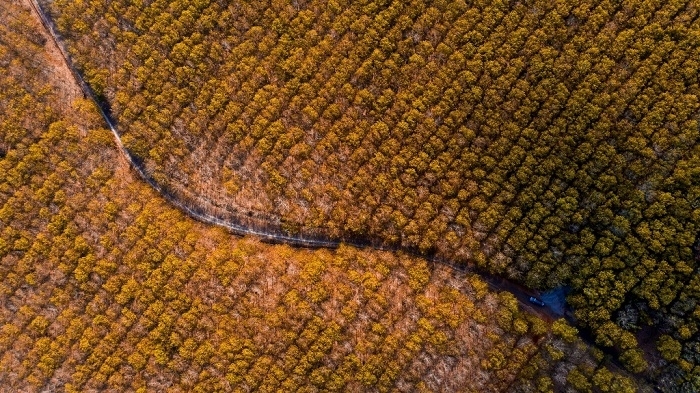 |
| An aerial view of the rubber forest in leaf changing season. |
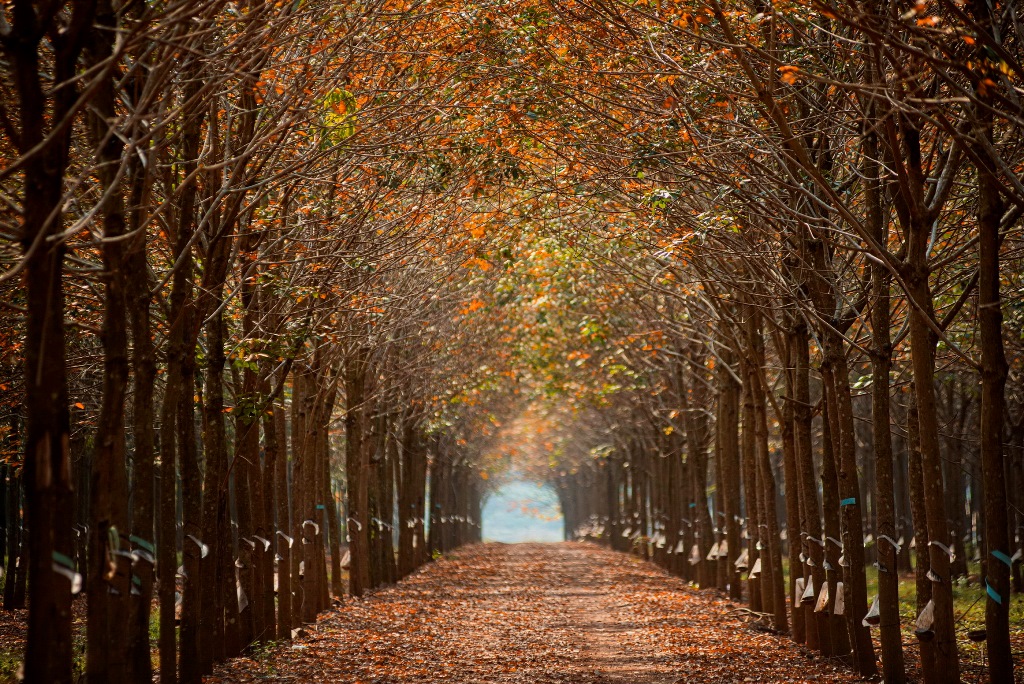
Rubber trees line up into the distance in the leaf changing season.
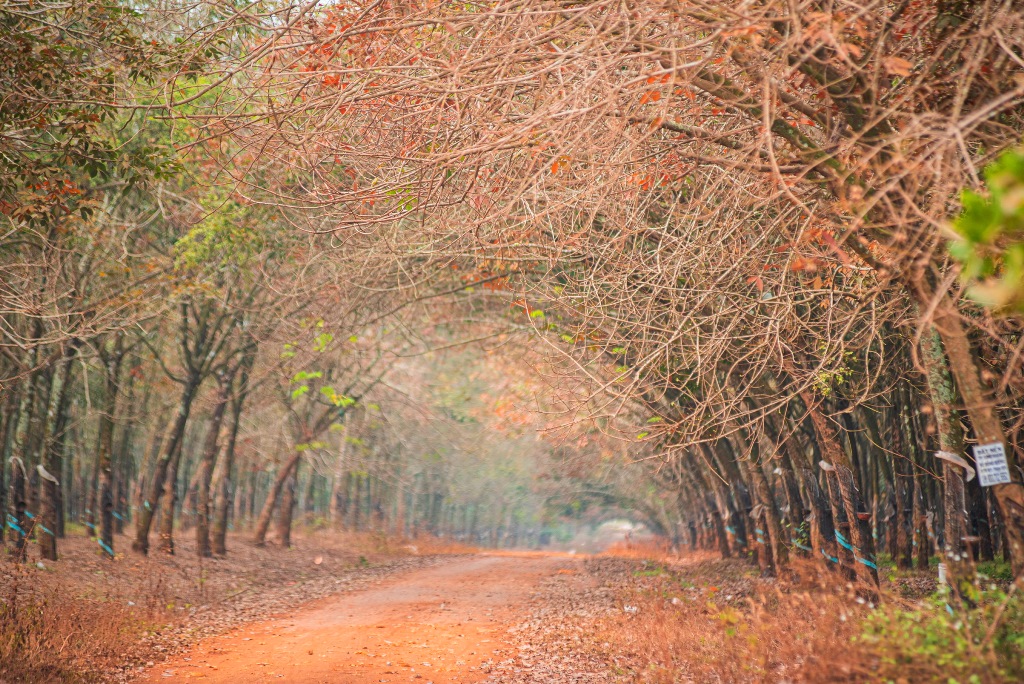
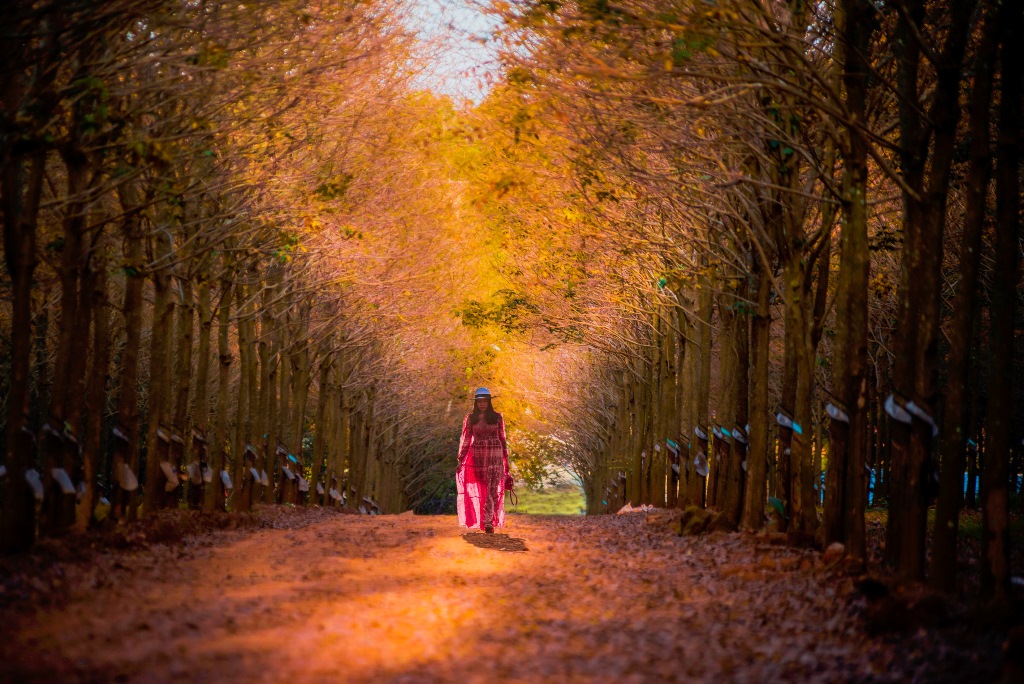
The surrounding space seems to change to just one colour when the rubber trees change colour.
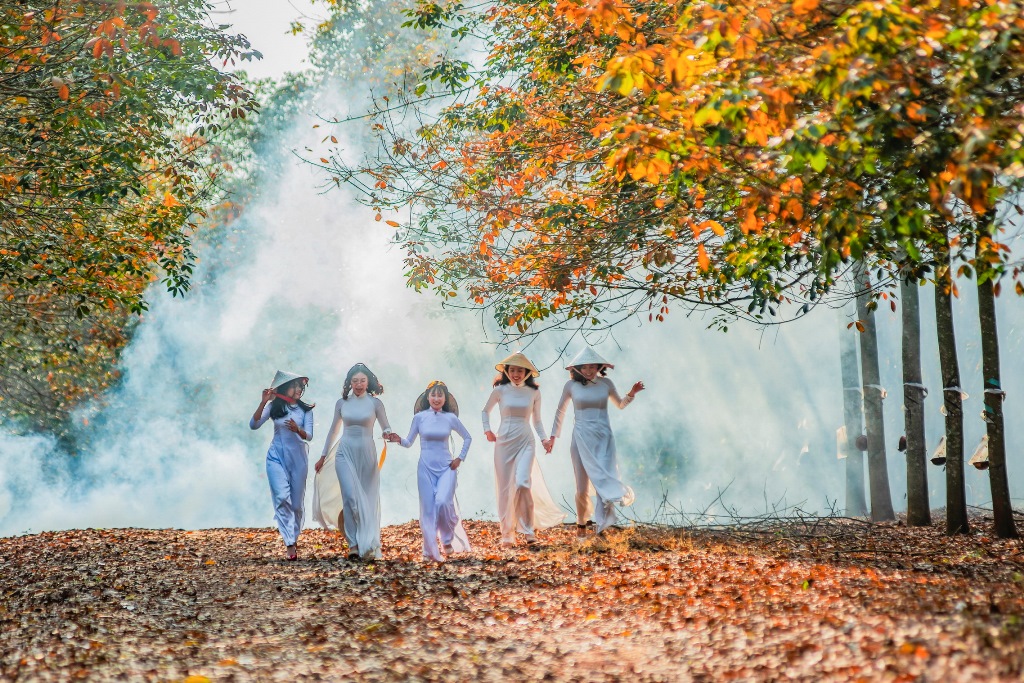
Young girls wandering around under the shade of the rubber trees creates a poetic scene.
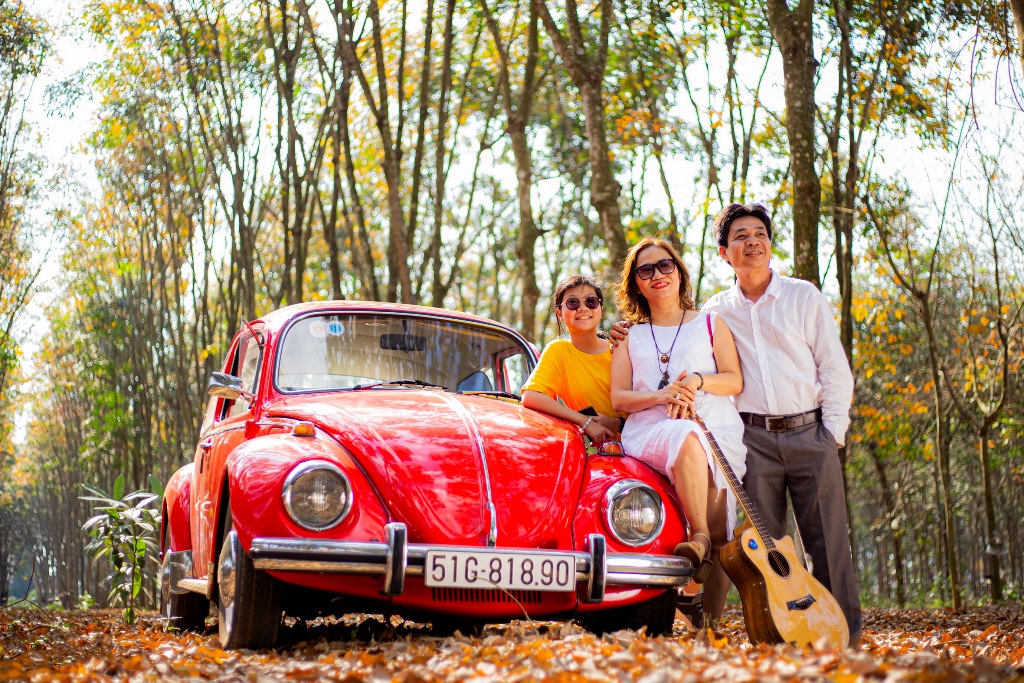
Families love to savour the beautiful moments of the new spring among the leaves of rubber forest.

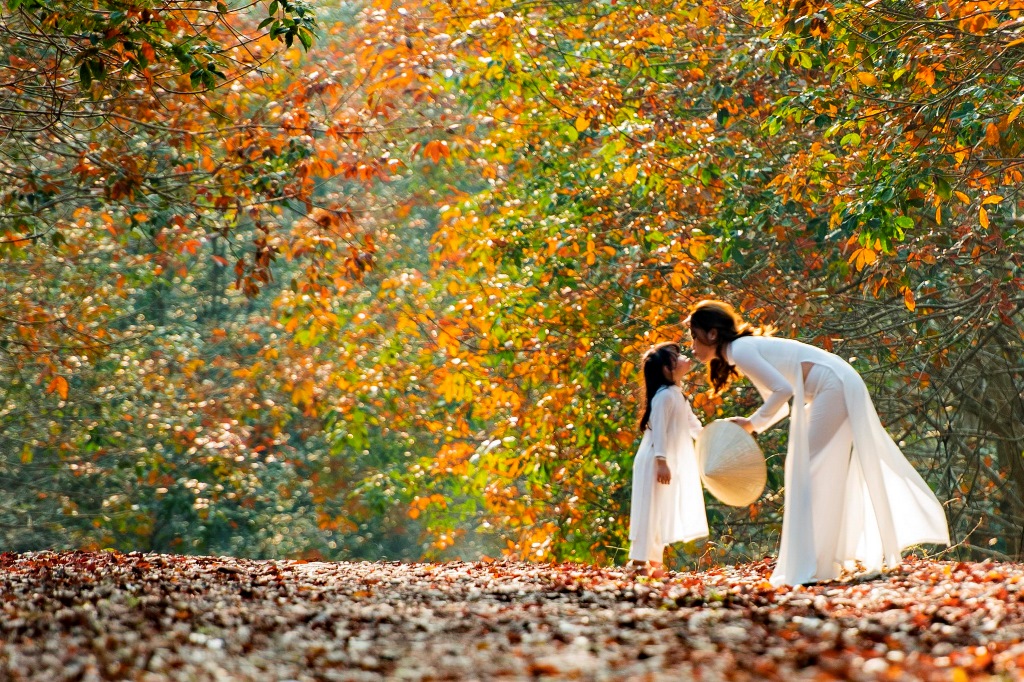
A mother and her child enjoy a magical moment in the rubber forest during the leaf changing season.
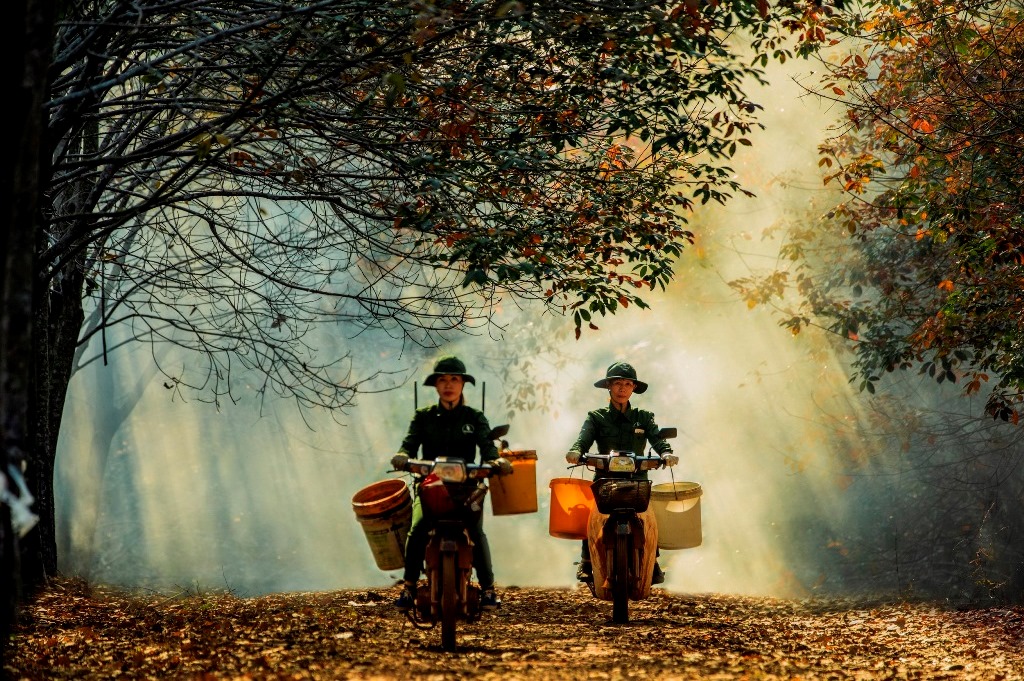
Workers from the Dong Nai Rubber Corporation working in the rubber forest.
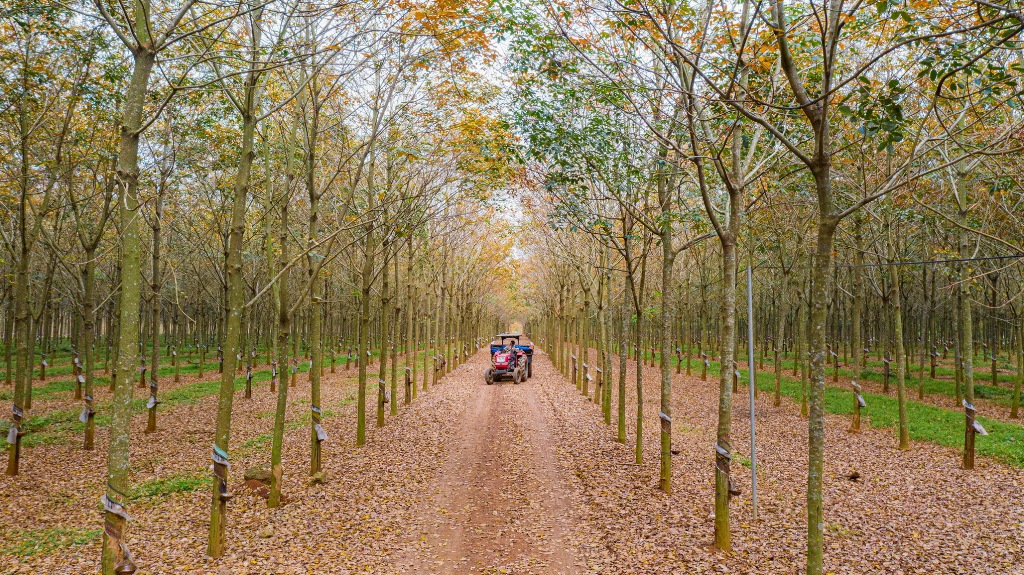
Not only perennial trees, rubber forests several years old are also changing their leaves.

Alternating with chlorinated leaves are green leaves about to change their colour.
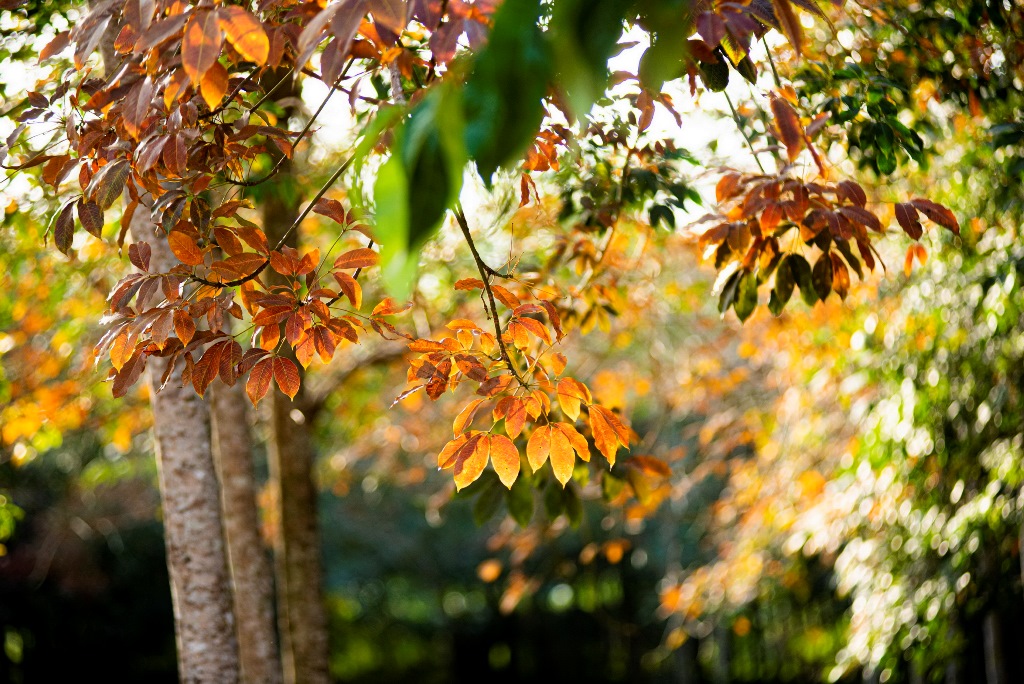
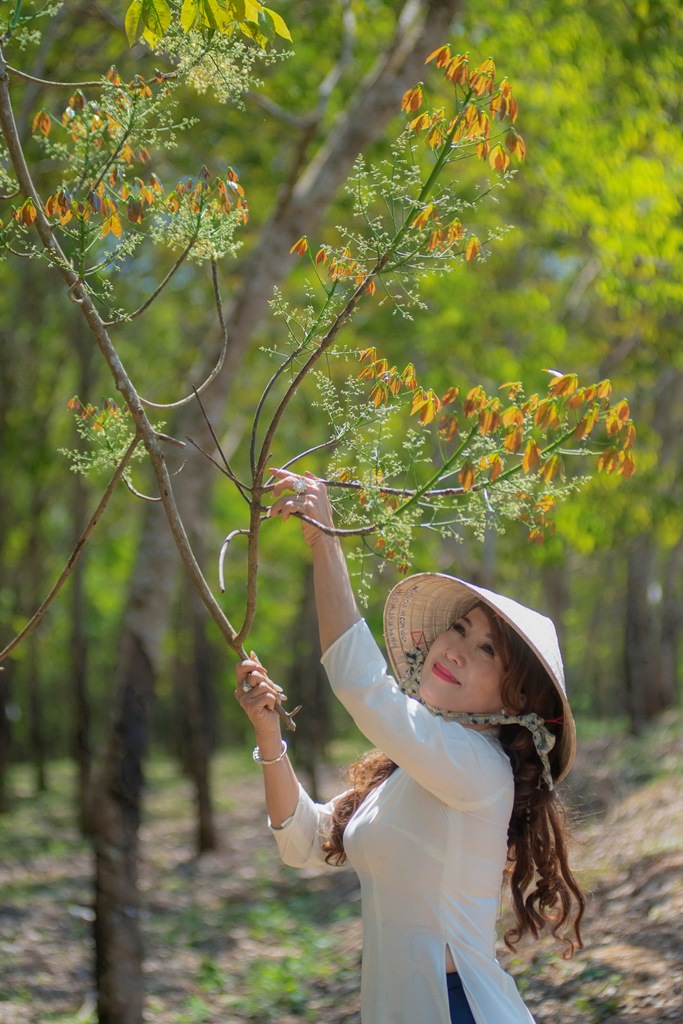
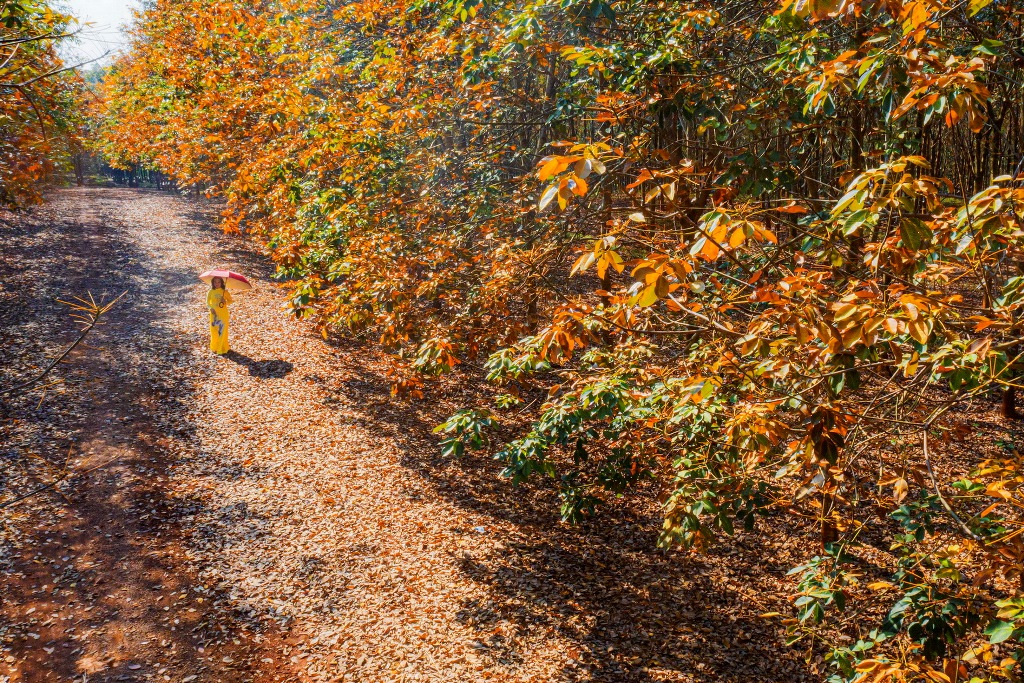
Young shoots emerge following the falling off of the yellow leaves.

A new day begins in the rubber forest in leaf changing season.
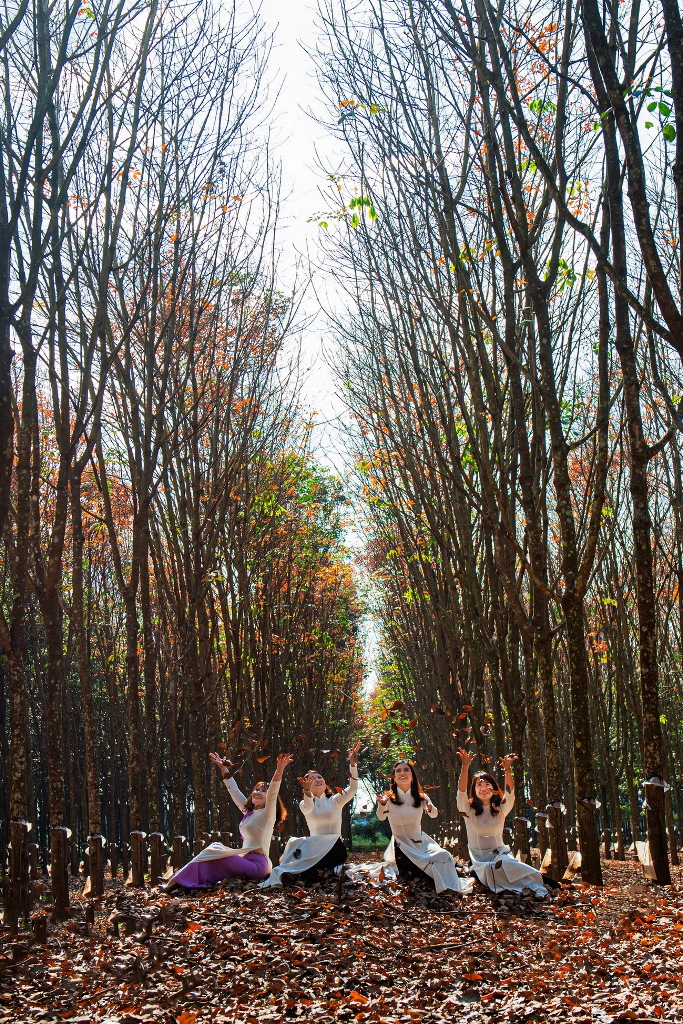
A poetic scene in the rubber forest.
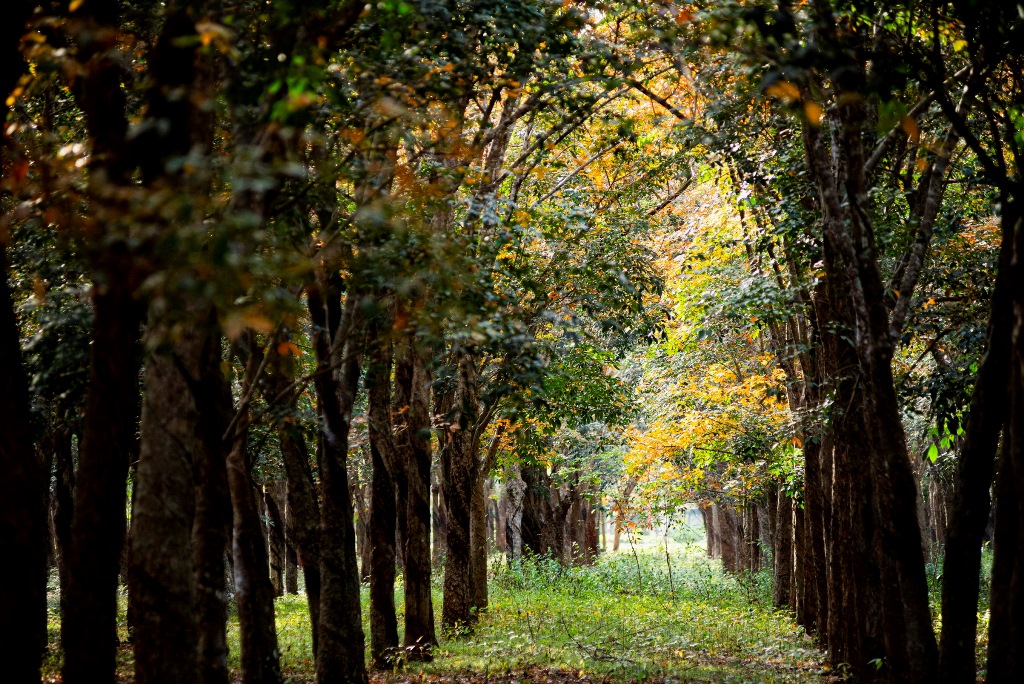
Decades old rubber trees after changing leaves.
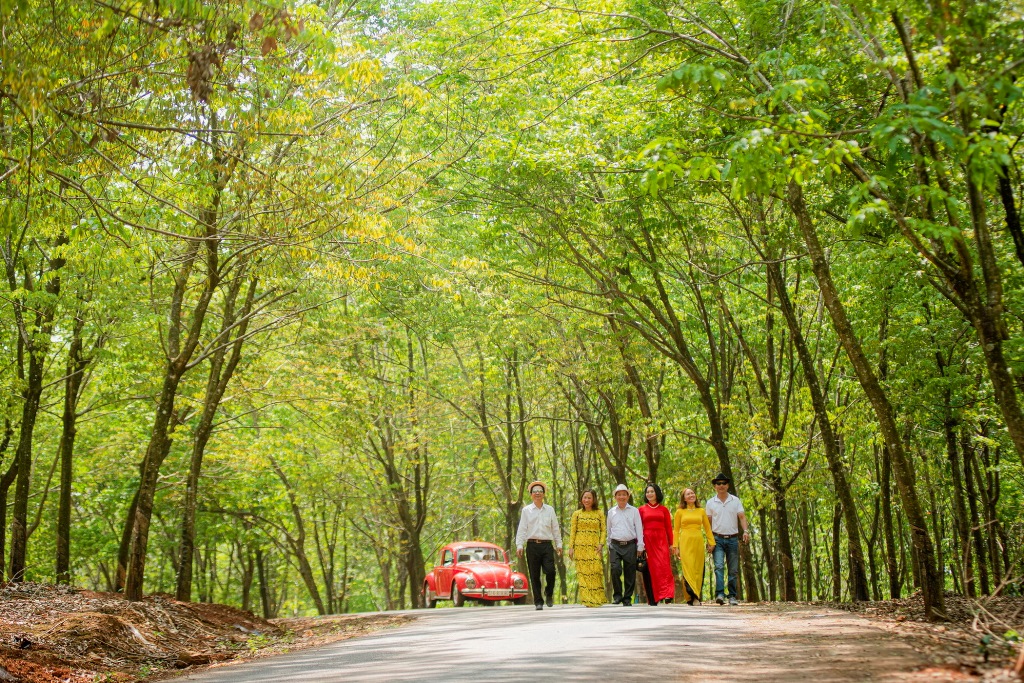
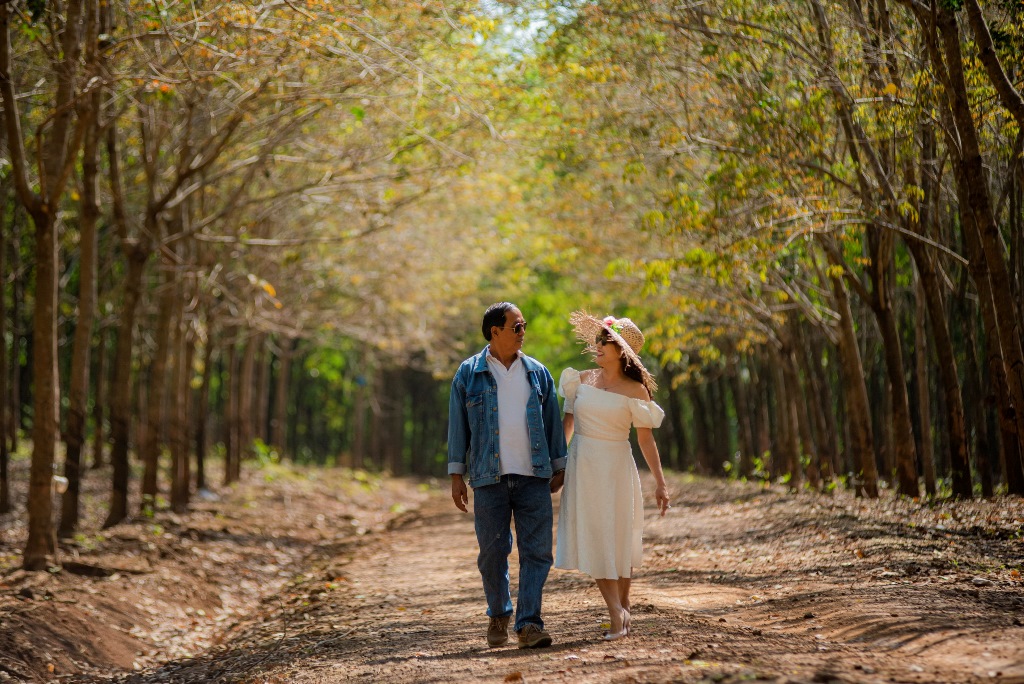
Many families choose to spend their first spring trip of the year capturing exquisite photos in the rubber forests.
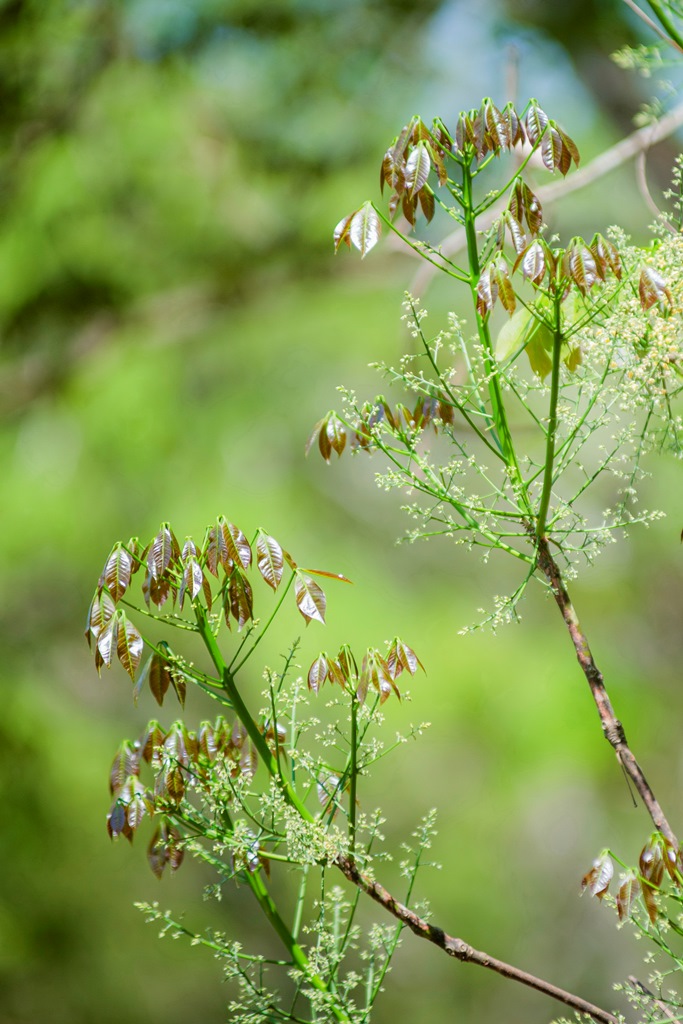
Young rubber shoots intertwined with new rubber leaves.
Nhan Dan

The special story of the ‘odd’ man with the ancient ironwood forest
Trieu Tai Cao, 80, in Quang Ninh province, a Dao Thanh Phan ethnic minority man, always has a feeling that money is never enough, and if the forest is cleared, it will be a lifetime regret.